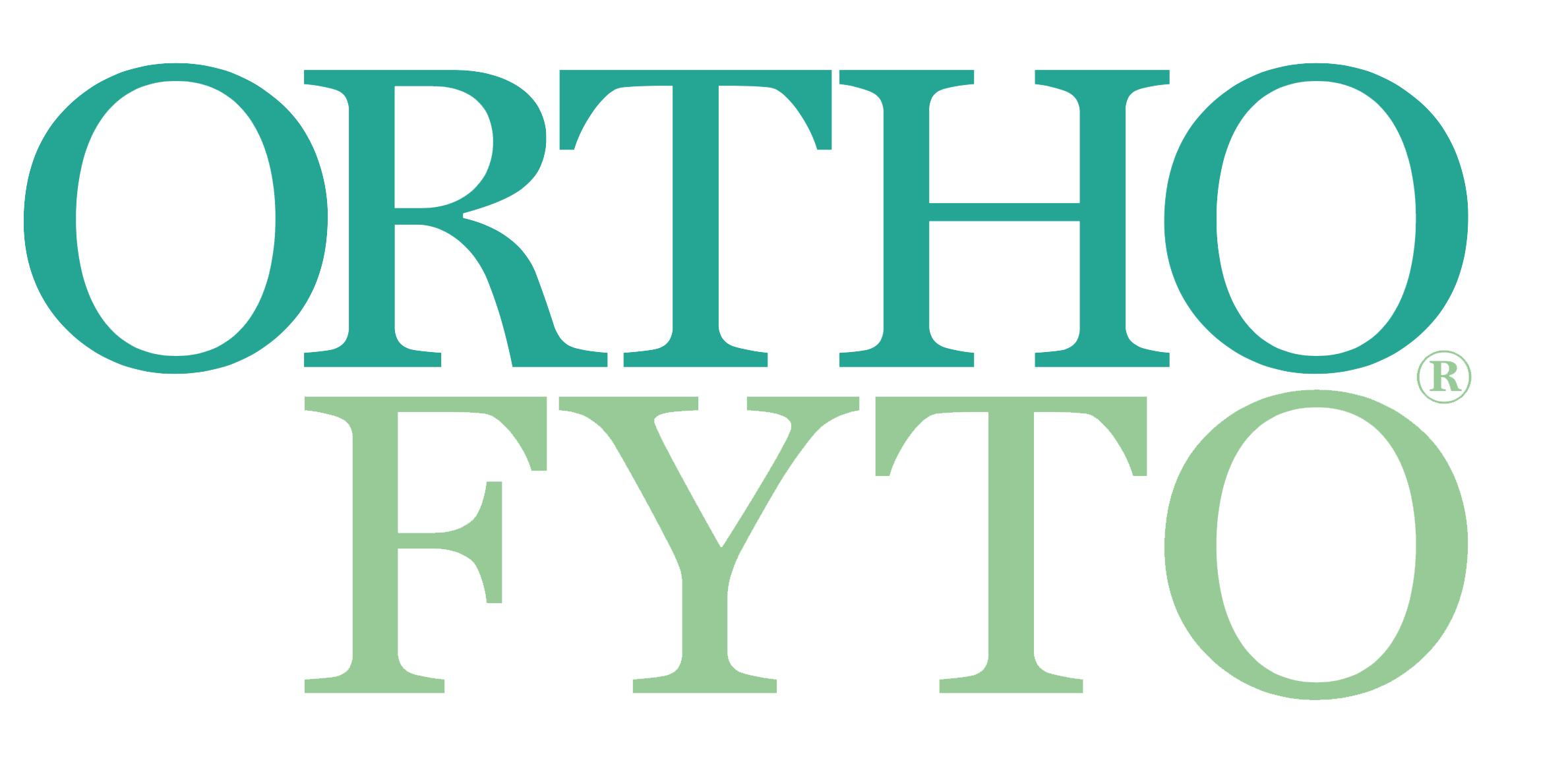Homo sapiens, een superorganisme
09 Apr, 2018
Door: Leo Pruimboom
Samenvatting
De menselijke darm bevat een dynamisch en complex microbieel ecosysteem met een gewicht van ongeveer 1,5 kilo, overeenkomend met het gewicht van de hersenen (1,35 kilo) en de lever (1,6 kilo). Evolutionaire drukfactoren hebben voor vele metamorfoses gezorgd, leidend tot het ontstaan van allerlei soorten organismen waaronder homo sapiens. Opvallend is dat met het ontstaan van zoogdieren ook de darmflora van de dieren totaal veranderde. De vraag die dan gesteld kan worden is, of en in hoeverre het ontstaan van allerlei verschillende dieren, maar vooral zoogdieren en de mens, te maken kan hebben met de microben die in ons leven. Steeds meer onderzoek naar de relatie tussen de flora en het type dier laat zien dat beide onafscheidelijk met elkaar verbonden zijn en elkaar reciproque beïnvloeden en beïnvloed hebben tijdens de evolutie. Dit proces wordt ook wel parallel-evolutie genoemd en het begrip hiervan is van grote klinische waarde.
De darmflora en de ontwikkeling van zoogdieren
In 2008 publiceerde de groep van Ruth Ley twee seminal papers1,2 met overtuigend bewijs voor het feit dat het genoom en het microbioom (de poel van alle genen van onze microflora) van een dier onlosmakelijk met elkaar verbonden zijn. Samen vormen ze het zogenaamde hologenoom. De microflora staan daarbij garant voor meer dan drie miljoen genen terwijl bijvoorbeeld mensen maar een genoom hebben van rond de 22 duizend genen. Veel van de microben in ons lichaam blijken ‘species-specifiek’ te zijn, de zogenaamde core taxa. Ze zijn aanwezig bij alle mensen in wat voor situatie dan ook en worden verticaal, ofwel van generatie op generatie doorgegeven.1 Deze groep van microben is essentieel voor de ontwikkeling van belangrijke organen zoals de hersenen, de darm zelf, het immuunsysteem en van het metabolisme.3 Afwezigheid van deze core taxa kan sterke gevolgen hebben voor de ontwikkeling van bovengenoemde systemen, waaronder bijvoorbeeld het serotonerge systeem in de hersenen.4 Het serotonerge systeem is essentieel voor de emotionele activiteit en stoornissen van dit systeem zijn sterk geassocieerd met depressie en neurodegeneratie.5
- Ley RE, Hamady M, Lozupone C, Turnbaugh PJ, Ramey RR, Bircher JS, et al. Evolution of Mammals and Their Gut Microbes. Science (80- ). 2008 Jun 20;320(5883):1647–51.
- Ley RE, Lozupone CA, Hamady M, Knight R, Gordon JI. Worlds within worlds: evolution of the vertebrate gut microbiota. Nat Rev Microbiol . 2008 Oct 1;6(10):776–88.
- Turnbaugh PJ, Ley RE, Mahowald MA, Magrini V, Mardis ER, Gordon JI. An obesity-associated gut microbiome with increased capacity for energy harvest. Nature. 2006 Dec 21 ;444(7122):1027–131.
- Dinan TG, Cryan JF. The impact of gut microbiota on brain and behaviour. Curr Opin Clin Nutr Metab Care . 2015 Nov ;18(6):552–8.
- Clarke G, Grenham S, Scully P, Fitzgerald P, Moloney RD, Shanahan F, et al. The microbiome-gut-brain axis during early life regulates the hippocampal serotonergic system in a sex-dependent manner. Mol Psychiatry . 2013 Jun 12 ;18(6):666–73.
- Shapira M. Gut Microbiotas and Host Evolution: Scaling Up Symbiosis. Trends Ecol Evol . 2016 Jul ;31(7):539–49.
- Santoro A, Ostan R, Candela M, Biagi E, Brigidi P, Capri M, et al. Gut microbiota changes in the extreme decades of human life: a focus on centenarians. Cell Mol Life Sci . 2018 Jan 14 ;75(1):129–48.
- McCabe L, Britton RA, Parameswaran N. Prebiotic and Probiotic Regulation of Bone Health: Role of the Intestine and its Microbiome. Curr Osteoporos Rep . 2015 Dec 30; 13(6):363–71.
- Sampson HA, O’Mahony L, Burks AW, Plaut M, Lack G, Akdis CA. Mechanisms of food allergy. J Allergy Clin Immunol. 2018 Jan;141(1):11–9.
- Biagi E, Rampelli S, Turroni S, Quercia S, Candela M, Brigidi P. The gut microbiota of centenarians: Signatures of longevity in the gut microbiota profile. Mech Ageing Dev . 2017 Jul ;165(Pt B):180–4.
- Normark BB. The strange case of the armored scale insect and its bacteriome. PLoS Biol . 2004 Mar 16 ;2(3):E43.
- Humphrey N, Skoyles J. The evolutionary psychology of healing: a human success story. Curr Biol . 2012 Sep 11 ;22(17):R695-8.
- Pruimboom L. Intermittent living; the use of hormetic triggers as a vaccine against modern life. Dose Response. 2018;submitted.
- Hara T, Ichimura A, Hirasawa A. Therapeutic role and ligands of medium- to long-chain Fatty Acid receptors. Front Endocrinol (Lausanne) ]. 2014 Jun 2;5:83.
- Morrison DJ, Preston T. Formation of short chain fatty acids by the gut microbiota and their impact on human metabolism. Gut Microbes . 2016 May 3;7(3):189–200.
- Vuong HE, Hsiao EY. Emerging Roles for the Gut Microbiome in Autism Spectrum Disorder. Biol Psychiatry . 2017 Mar 1 ;81(5):411–23.
- Jory J. Abnormal fatty acids in Canadian children with autism. Nutrition . 2016 Apr];32(4):474–7.
- Swain MR, Anandharaj M, Ray RC, Parveen Rani R. Fermented fruits and vegetables of Asia: a potential source of probiotics. Biotechnol Res Int . 2014 ;2014:250424.
- Senger DR, Li D, Jaminet S-C, Cao S. Activation of the Nrf2 Cell Defense Pathway by Ancient Foods: Disease Prevention by Important Molecules and Microbes Lost from the Modern Western Diet. Tsuji Y, editor. PLoS One . 2016 Feb 17 ;11(2):e0148042.
